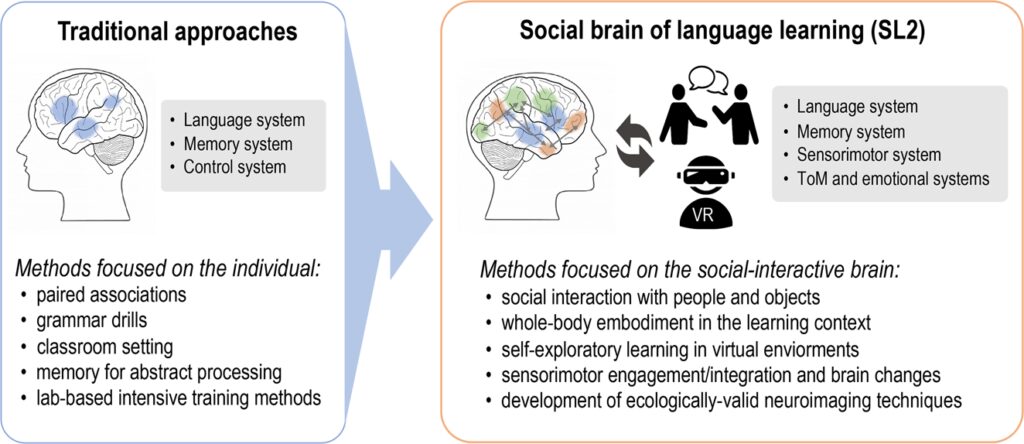Game development requires a combination of skills, creativity, and technology to create immersive experiences for players. The backbone of game development is game engines, which provide tools to create interactive 3D elements. Unreal Engine is known for its photorealistic graphics, while Unity is versatile and easy-to-use. The art and design of a game is crucial to its success, and the process begins with concept art. Sound design creates the atmosphere, emotion, and interactivity through sound effects and music. Gameplay mechanics create the core gameplay loop and define the player’s goals and objectives. Game development is continually evolving, presenting new challenges and opportunities.
The Art of Game Development: An Exploration of the Tools and Techniques Used to Create Immersive Gaming Experiences
Introduction
Game development is an art that requires the right blend of skills, creativity, and technology. As the gaming industry continues to grow, so does the need for developers to create immersive and engaging experiences for players. The process of making a game can be a daunting task, but with the right tools and techniques, developers can bring their ideas to life and create experiences that players will love. In this article, we will explore the tools and techniques used by game developers to create immersive gaming experiences.
Game Engines
Game engines are the backbone of game development. They provide developers with the tools needed to create interactive 3D worlds, characters, and objects. There are numerous game engines available today, ranging from the beginner-friendly to the more advanced engines used by AAA studios. These engines provide features such as physics simulation, AI, and multiplayer networking.
Some of the most popular game engines used today include Unreal Engine and Unity. Unreal Engine is known for its photorealistic graphics and its use in creating AAA games such as Fortnite, Gears of War, and Batman: Arkham City. Unity, on the other hand, is known for its versatility and ease of use. It is used by both indie developers and major studios such as Ubisoft and EA.
Game Art and Design
The art and design of a game are crucial elements that can make or break its success. Game artists and designers are responsible for creating the visual and interactive elements of a game, including the characters, environments, user interfaces, and gameplay mechanics.
The process of game art and design begins with concept art, which is a series of sketches and illustrations that capture the look and feel of the game. Once the concept art is approved, artists and designers use tools like 3D modeling software and texture editors to create the game’s assets. These assets are then placed in the game engine and given life through animation and scripting.
Sound Design
Sound design is an often overlooked but critical element of game development. It is responsible for creating the atmosphere, emotion, and interactivity of a game’s sound effects and music. Sound designers use tools like digital audio workstations (DAW) to create and edit sound effects and music.
Music is a critical element of game sound design, as it can evoke emotion and create a connection between the player and the game world. Some games even use dynamic music systems, where the music changes depending on the player’s actions and surroundings, further increasing immersion.
Gameplay Mechanics
Gameplay mechanics are the rules and systems that govern how the player interacts with the game. They are responsible for creating the core gameplay loop and defining the player’s goals and objectives. Gameplay mechanics can range from simple to complex, depending on the type of game being developed.
Developers use scripting languages such as C# or Lua to program the gameplay mechanics of a game. This is where the intricate systems behind a game’s mechanics are created, such as movement, combat, and AI behaviors. Testing and iterating on the gameplay mechanics is a crucial part of game development, as it ensures that the game is engaging and fun to play.
Conclusion
Game development is a complex process that requires a diverse set of skills and tools. From game engines to sound design, every element contributes to the creation of immersive gaming experiences. The constantly evolving gaming industry presents new challenges and opportunities for game developers to embrace and experiment with new techniques and technology. As players demand more engaging and immersive experiences, game developers must continue to push the boundaries of what is possible in game development.
